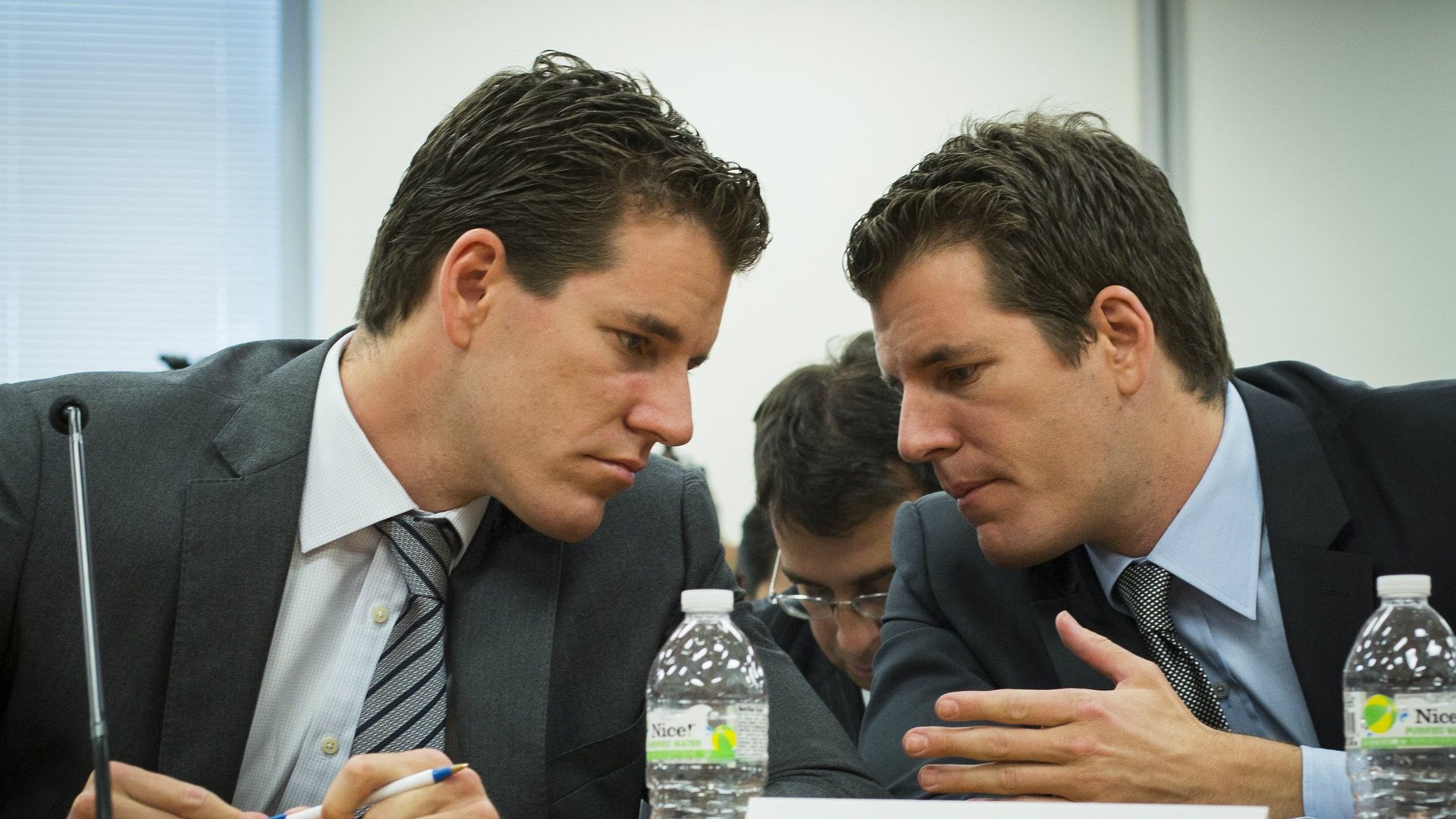What use are crypto collectibles?
As a typical internet user, I have shockingly little control over my digital life. When Facebook bought Instagram, I had to work to keep my accounts separate. When Twitter changed its layout, I couldn’t hold onto the old design. And when Google changes my search results, I have virtually no recourse.


As a typical internet user, I have shockingly little control over my digital life. When Facebook bought Instagram, I had to work to keep my accounts separate. When Twitter changed its layout, I couldn’t hold onto the old design. And when Google changes my search results, I have virtually no recourse.
While I long for an open internet, I’m at the mercy of these arbiters of the web. Of course, I benefit from their platforms (virtually every day), but it’s frustrating that my content and information depend so heavily on factors outside my control. Indeed, the majority of my digital life—whether my email is accessible, my photos remain private, and my credit card transactions go through—depends on actions taken by other people and machines.
Cryptocurrencies and collectible crypto tokens rebel against that top-down model. They strive to make money, art, and other digital goods individually controllable. If you want to send bitcoin to somebody, you can do so without using a third party. The idea that you—and you alone—can control your wealth is satisfying, even tantalizing. And companies are preparing for that future, whenever it arrives.
This week, Gemini, the cryptocurrency exchange run by twins Cameron and Tyler Winklevoss (of Facebook fame), took a step into a digitally-controllable future, going beyond money for the first time. The company announced its acquisition of Nifty Gateway, a platform that helps blockchain users manage digital assets known as non-fungible tokens (NFTs), or “nifties” for short. It’s easiest to understand nifties by comparing them to their fungible counterparts.
As I wrote for Private Key last October:
“Fungibility is the property of interchangeability… Just like a $1 bill is tradable with any other $1 bill, one bitcoin is the equivalent to one bitcoin—in the crypto universe, there aren’t even serial numbers to differentiate between units. Fungibility is an important feature of a currency, because it means that a person or business will uniformly accept units of the medium of exchange.”
By contrast, non-fungible units are entirely unique, a property that holds significance for digital collectibles. To date, CryptoKitties are the best example of NFTs that made it into the mainstream. The Kitties, created by Dapper Labs, were essentially crypto-based Tamagotchi. But since they debuted in late 2017, the feline frenzy has fizzled out. The novelty wore off pretty quickly.
While it’s tempting to brush off digital cats, what the Winklevoss twins see in nifties is bigger. “There are many collectibles in the ‘real’ world such as stamps, baseball cards, Magic: The Gathering cards, and Tamagotchi pets, to name just a few,” Tyler Winklevoss wrote when announcing the acquisition. “There are also examples of digital collectibles inside popular online games such as Fortnite, Overwatch, and World of Warcraft, with multi-billion dollar economies emerging as players buy and trade skins, dances, and other in-game items.”
The brothers believe that over time these collectible goods will “migrate onto blockchains in the form of nifties.” Gemini is not disclosing the terms of its acquisition.
Digital collectibles seem likely to exist in some form or another as the Winklevoss brothers see them, especially in the gaming space. But before blockchain-based property reaches that stage, there’s much to be addressed—including distributed storage. After all, there’s little advantage in controlling a token (the underlying code) if its corresponding visual representation (the cat) isn’t also stored on an open-source platform, right? It would be like trading the deed to a house without actually having access to the property.
If the files that visualize digital collectibles are stored by a company, they could go out of business or change them. Users must ensure they’re not simply replacing the old guard with faux-decentralized alternatives. It would defeat the purpose.
Admittedly, it’s hard to gauge the market for open-source digital collectibles. Nifty Gateway’s founders, brothers Duncan and Griffin Cock Foster, estimate that NFTs were a $200 million market in 2018. What makes video game skins and dances valuable is status—rather than, for the most part, scarcity—and that’s built on massive communities where millions of people are playing and socializing. The hard part isn’t selling software, it’s designing products that people congregate around and return to over and over again. Whoever builds that—the base layer for open-source art and video games—could really corner the market. But let’s not get ahead of ourselves.
Blockchain is just one way of approaching digital collectibles. The reality is the lion’s share of this fledgling market is not on a distributed ledger, and it’s not clear whether regular consumers yearn for open-source alternatives to those goods offered by video game companies. Unlike the “real world,” digital scarcity is almost entirely artificial. And, as anybody who’s pirated content knows, keeping the lid on software is virtually impossible.
BITS & PIECES
- Tether: The story so far (Patrick McKenzie, crypto skeptic)
- Is bitcoin really an “uncorrelated safe haven”? (Financial Times)
- A US recession could fuel a new crypto boom and bust (Financial Times)
- In wargaming exercise, a digital yuan neuters US sanctions and North Korea buys nukes (CoinDesk)
- SEC’s settlements with some cryptocurrency firms showing cracks (WSJ)
- Fidelity’s crypto company secures New York state license (Reuters)
- Compound raises $25 million to expand crypto lending (Fortune)
- Alleged crypto fraudster to face charges in multi-million dollar investment scheme (DOJ)
- Brooklyn man sentenced in landmark cryptocurrency fraud case (Crain’s New York Business)
Please send news, tips, and nifty gizmos to [email protected]. Today’s Private Key was written by Matthew De Silva and edited by Mike Murphy. Nobody ever reads the rules of monopoly until a fight breaks out.